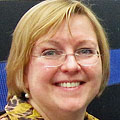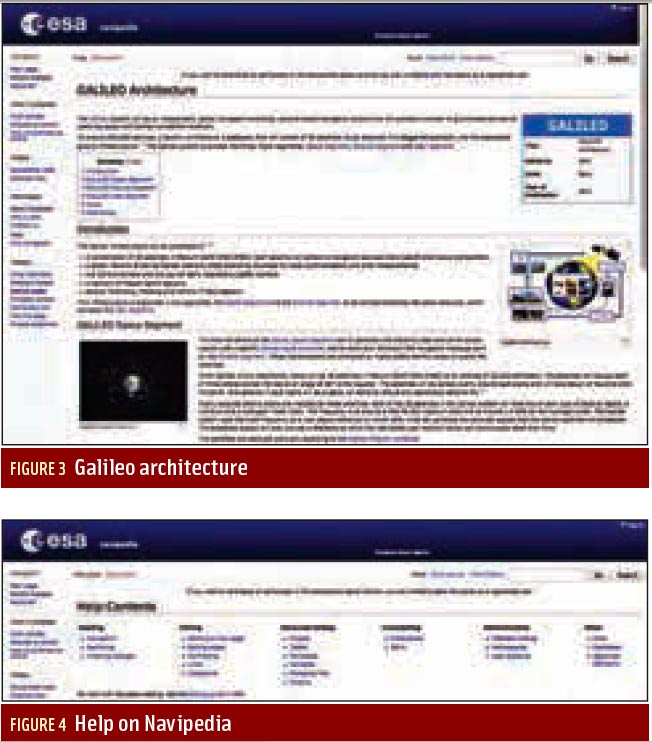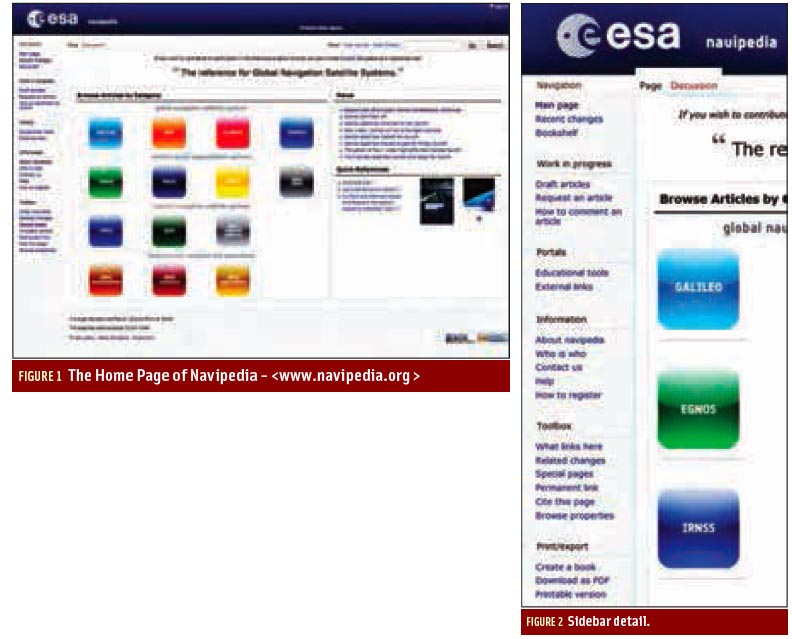The GNSS Merry Go Round
The whole GNSS world should have a warm spot in its heart for centripetal forces.
After all, a centripetal force — in this case, gravity — is what keeps planets in rotation around our Sun and satellites, around the Earth.
Centrifugal force, of course, is what throws us off a merry-go-round or carousel. Centripetal force is what keeps us on board.
For those on a merry-go-round, the centripetal force is not gravity, but rather the tensile strength of our arms pulling us toward the center of rotation, at right angles to the motion of our seats.
By Inside GNSS









